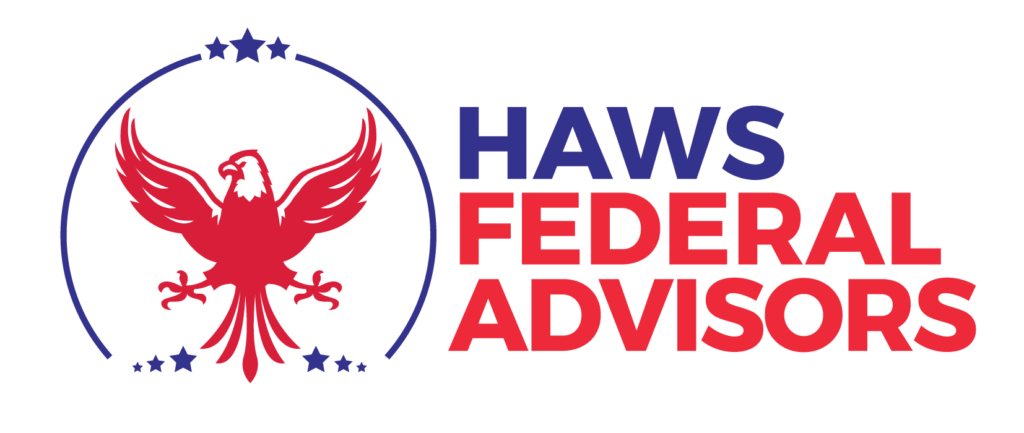This is a crazy time for the world. A time that no one has predicted or lived through before. The global spread of the coronavirus as well as the economic consequences that are following are unprecedented. In response to these events, the Coronavirus Aid, Relief, and Economic Security (CARES) Act was just passed into law on March 27th. This has now become the largest stimulus package of all time with provisions to pour more than 2 trillion dollars into the economy.
Here are some of the highlights.
Rebate Checks
Understandably, one of the most popular and already well-known parts of the act is the Recovery Rebates For Individuals. If you haven’t heard, that is the portion about Uncle Sam writing checks to 80% of the taxpayers.
Here’s how it works.
Individuals will be eligible for a refundable tax credit of up to $1,200 while couples will be eligible for up to $2,400. That credit will be increased by $500 for every child they have that is under age 17. For example, if a couple files jointly and they have three kids. They’d be eligible for up to $3,900 ($2,400+500+500+500).
But if you noticed I did say they’d be eligible for “up to” those amounts. That is because over certain income levels, this credit will be phased out. More specifically, for every $100 a taxpayer’s income these thresholds, their potential Recovery Rebate will be reduced by $5.
The thresholds where the credit will start to be phased is:
-Married Joint: $150,000
-Head of Household: $112,500
-All Other Filers: $75,000
It is important to know that the credit will be based on either 2018 or 2019 tax returns (Which ever is the most recent that the IRS has on file). If someone had income that was too high for the credit in 2018 and 2019 but were eligible based on their 2020 income, they will be eligible for the credit when they file their 2020 tax return in the spring of 2021. Individuals who have banking information on file with the IRS should only have to wait a few weeks to receive their funds while those that don’t may have to wait a few months to get a check mailed.
Coronavirus Distributions
This portion of the act allows individuals to distribute up to $100,000 from their retirement accounts such as IRAs and employer sponsored retirement plans such as your TSP. To be eligible someone would have to have been adversely affected by the virus in some way. This may include getting the virus or experiencing financial difficulty from things like being quarantined, reduced hours, or being laid off.
Normally, there are numerous rules around how individuals can access their retirement accounts before age 59 and ½. For those that qualify, the following will apply:
No 10% penalty for removing funds before age 59 and ½.
No 20% withholding for taxes.
Whenever you take money out of pre-tax accounts, taxes will become due. Those that are eligible would be able to spread out that income between the next three years.
They would have 3 years to replace the funds they took out without penalty.
This provision will allow those affected to have access to funds that they might not otherwise be inclined to use. But because all of this is so new and changing rapidly, I would definitely wait to hear from the TSP to see how they will be implementing this change.
No Required Minimum Distributions in 2020
For those that have retirement accounts and are over age 70 and ½ (now age 72 after the Secure act passed in 2019), you are already familiar with RMD’s or required minimum distributions. This is where the government requires you to take a portion of your money out of your retirement accounts so that they can collect their portion of taxes on that money.
The CARES act completely waives the requirement for RMD’s in 2020 so the individuals that this applies to will be able to keep more money in their retirement accounts for longer.
Student Loans
This act also provides relief for those with student loans. It allows student loan payments to be deferred until September 30, 2020 with no pinterest interest accruing during that time. This can be a great reprieve for those that need it or a chance to get ahead of their loan while 0% interest is accruing.
It is important to note that this time will still count for those in a loan forgiveness program (ie Public Service Loan Forgiveness Program). For those in a forgiveness program, it doesn’t make sense to make payments from now until September 30th because their loans will eventually be forgiven.
Conclusion:
In efforts to not make this article a mile long, I am only able to scratch the surface of the hundreds of pages of this new law. It has many more provisions for business owners, unemployment, and many more tax breaks. If you think any of these topics may apply to you, make sure you do the research to educate yourself to get the most out of this bill.
In times like this, it is easy to focus on the economy and forget about our personal economy. If we focus too much on what we can’t control then we often forget about all the things that we can. Regardless of what is happening in the world, there are so many things that we can do in our own lives to make sure we are prepared for the future. Don’t forget, the future is bright.


